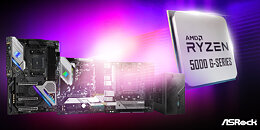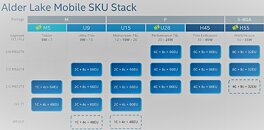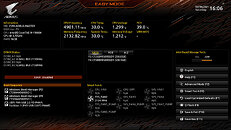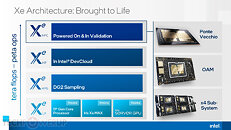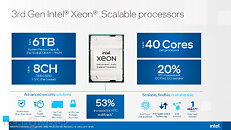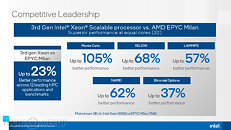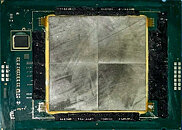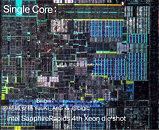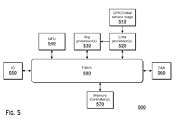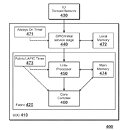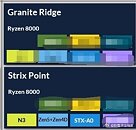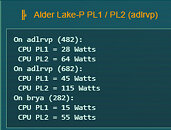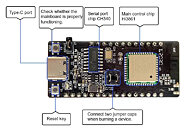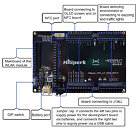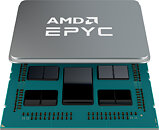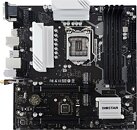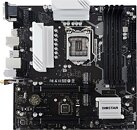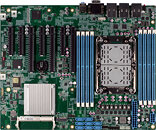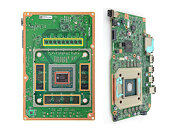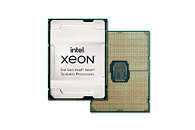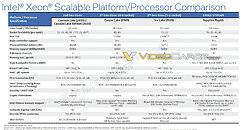
ASRock New BIOS Updates To Support AMD Ryzen 5000 G-Series Desktop Processors with Radeon Graphics
The leading global motherboard, graphics card, and small form factor PC manufacturer, ASRock, has released the latest BIOS that support AMD Ryzen 5000 G-Series Desktop Processors with Radeon Graphics and AMD Ryzen 5000 Series Desktop Processors with PRO Technologies.
AMD Ryzen 5000 G-Series Desktop Processors with Radeon Graphics are the newest generation processors come with industry-leading 7nm technology, elevating processing performance to the next level. And now, ASRock 500-Series, B450 AMD Ryzen motherboards and X300 Mini PC are able to support both of them by updating the latest BIOS.
AMD Ryzen 5000 G-Series Desktop Processors with Radeon Graphics are the newest generation processors come with industry-leading 7nm technology, elevating processing performance to the next level. And now, ASRock 500-Series, B450 AMD Ryzen motherboards and X300 Mini PC are able to support both of them by updating the latest BIOS.
